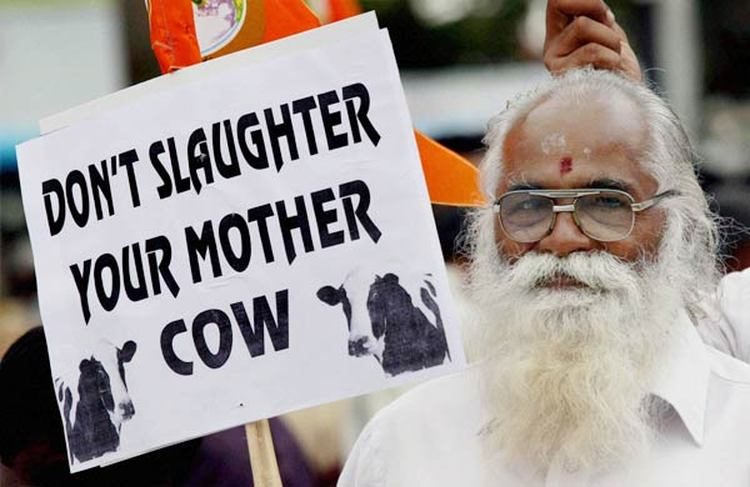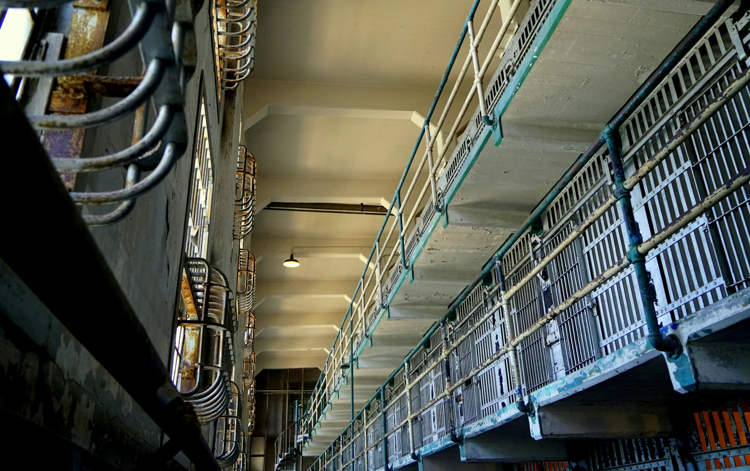Like many other cities around the world, Indian urban communities have large numbers of stray dogs living alongside their human inhabitants. But canines are not India’s biggest stray problem, cows are. They cause thousands of road accidents every month, block traffic and spread disease. The Government has long been aware of the many issues caused by cows roaming free on busy city roads, but no one seems to know what to do about them.
Stray cows have been a part of Indian urban life for as long as anyone can remember, but they’ve become increasingly problematic in recent years, with the development of infrastructure and the increase in the number of cars driving on Indian roads. Urban cows don’t fear traffic, so it’s not unusual to see them loitering, in the middle of the road, unperturbed by honking or drivers trying to scare them away. Violence is not acceptable, as cows are considered sacred, and harming them in any way would enrage Hindus, so people have to keep their frustration in check, no matter how bad things get.

Photo: Occupy for Animals
The fact that India even has stray cattle is linked to their sacred status in the predominantly Hindu country. Their slaughter is banned throughout most of the nation, so when cows and bulls outlive their usefulness and or are considered too much of a financial burden, their human owners just set them loose on the streets. This has been going on since forever, and today, the stray cow population in India is in the millions and growing at a rapid pace.
Cows can be seen roaming on busy roads in large cities like New Delhi all through the day, often causing accidents and blocking traffic, but they are most dangerous at night. Vehicles moving at high speed have a tough time spotting these animals in time, and crashes sometimes result in the loss of both human and animal lives. Back in April, authorities in Punjab announced that stray cows involved in traffic accidents have killed 300 people in the last 30 months. And that’s just in one state.
But road accidents and traffic jams are just two of the problems caused by cows. While most of them may look healthy, they are actually diseased, or at least carrying some of the most dangerous food-borne and waterborne pathogens in the world. They mainly feed on garbage, and evidence shows that their milk as well as the waste they produce are full of antibiotics, hormones and heavy metals, some of which can cause temporary illnesses in humans, while others can lead to death.
Illegal dairies operating in large Indian cities are also a big problem. They rely on stray cows to source contaminated milk which they then sell cheaply to the poor population. Not only do they deliberately set the cows loose on the streets to save money on food, but these dairies sometimes rely on political connection to have the animals released from non-profit cow shelters, if they get captured.
Cow catchers are currently the only way Indian cities deal with stray cows. Sometimes referred to as “urban cowboys”, these men only rely on rope lassos and brute strength to catch cows, load them on trucks and take them to one of the overcrowded cow shelters, or “gaushalas”. The only time when they are allowed to use stun guns, is when they are accompanied by a veterinarian, which doesn’t happen very often.
But not only is catching stray cows hard and dangerous work – as they tend to kick and buck violently when threatened – cow catchers also have to deal with the human population. Frustrated drivers frequently turn to violence if the catchers block traffic for too long, trying to remove the cows, illegal dairy owners are even worse, and even Hindu bystanders pelt them with rocks in an attempt to get them to leave the sacred animals alone.
Cow catchers are struggling to rid the streets of stray cows, but soon they may not have where to take them. Rajendra Singh Shekhawat, who runs the biggest gaushala in New Delhi, says that he already nearing full capacity, and all the other shelters are facing the same problem. To make matters worse, the number of abandoned cows is increasing, as machines and tractors take over their jobs.
District administrations are constantly announcing campaigns to rid cities of stray cows, but with an estimated 5 million animals still roaming through the streets, no one knows how exactly they plan to do that, or where they plan to take them.
Sources: IAS Score, NY Times, PRI.org






